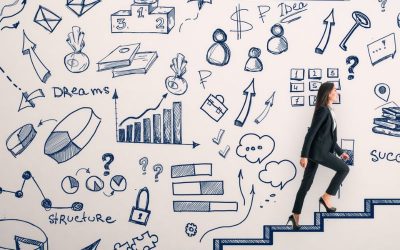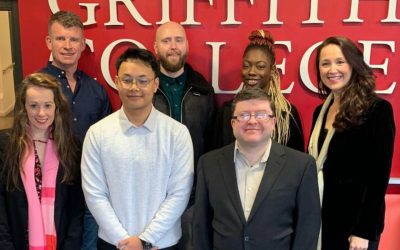Let’s talk about designing effective training programmes. At FDC Training, we ensure your training hits the mark and delivers exactly what you need. It’s not necessarily about the training for us, it’s about the delivery of the training. Here is our...
FDC Group Training
At FDC Group we are focused on the rapidly changing demands of work, and we offer real-world and certified training in skills which are instantly transferable. We offer focused seminars (virtual, blended and face-to-face) to maintain your Continuous Professional Development (CPD) requirements in a flexible and effective way. We provide training under five areas of expertise:
- Taxation Focused Seminars
- Accountancy Focused Seminars
- Agriculture Focused Seminars
- Professional Development Seminars
- Financial and Audit Focused Seminars
Come join us on your CPD journey and do reach out to training@fdc.ie for any of your training needs.
Upcoming Events
Learning Centre
Learning at your Fingertips.
As part of our Learning Centre, FDC College, we offer a wide range of online webinars and simulations. Our training is customised to your needs.
Keep up to date with your Continuous Professional Development (CPD) needs here and do contact training@fdc.ie with your needs.
Blog
FDC Group renews scholarship programme at University College Cork
University College Cork (UCC) and Irish financial services firm FDC Group have announced the renewal of their successful scholarship programme. Pictured left to right: Alan Deasy (UCC), Olive McCarthy (UCC), Thia Hennessey (UCC), Laura Lane (FDC), John O'Halloran...
Navigate the Upskilling Journey for Small Businesses
FDC Group with its dynamic training (https://www.fdc.ie/what-we-do/training/) department is here to work with business in upskilling in the right way. In today’s dynamic business landscape, staying ahead of the curve is vital for small businesses aiming to...
Understanding Abilities for the Business we work in
FDC Group Training is based on the desire to build business abilities (https://www.fdc.ie/what-we-do/training/). It is self-evident that different businesses require different skills, competencies and abilities. It is also the case that individuals vary about their...
FDC Group collaboration with Griffith College
FDC Group is proud of the continued collaboration with third-level Irish institutions. As the group has grown, FDC wants to support the next generation of accountants, taxation professionals, agriculture consultants and other professionals who form the backbone of the...
Building your Business Plan
Trust FDC to be your partner in devising an individualized business plan to propel you towards success. As some of us drive our businesses in an ad-hoc way and attempt to create the opportunities as we move along, others amongst us attempt to develop a long term...








